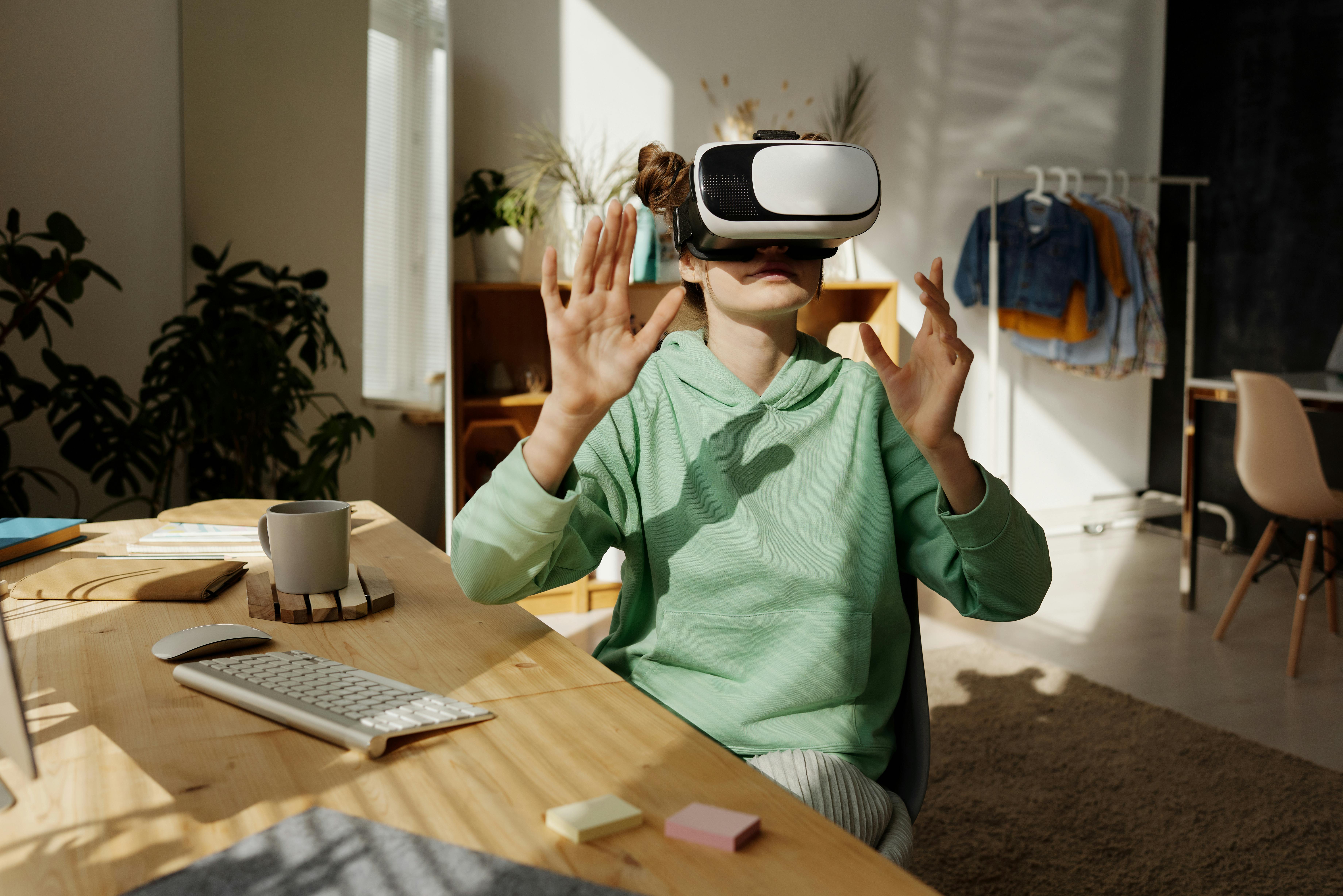Virtual Reality Art: Shaping the Future of Creative Expression
Virtual reality (VR) is no longer just a tool for gaming or simulations. It has now infiltrated the art world, revolutionizing the way we create and experience art. This article delves into the emergence of VR art, its current state, and how it's shaping the future of creative expression.

The Dawn of Virtual Reality Art
Virtual reality has its roots in the 1960s, but it wasn’t until the 21st century that it penetrated the art world. Early VR systems were bulky and expensive, limiting their accessibility. With advancements in technology, VR has become more affordable and user-friendly, paving the way for artists to experiment with this new medium. Artists such as Char Davies and Jeffrey Shaw were among the pioneers, using VR to create immersive, interactive art experiences that challenged traditional boundaries.
The Present State of VR Art
Today, VR art is experiencing a surge in popularity. Artists worldwide are exploring this technology’s potential to create immersive, interactive, and multi-dimensional artworks. Art institutions are also recognizing VR’s potential, with major museums like the Tate Modern and MoMA showcasing VR art. The ongoing pandemic has further propelled its adoption, as artists turn to VR to reach audiences at a time when physical exhibitions are limited.
The Impact and Reception of VR Art
VR art is transforming the way we experience art. It allows for a level of engagement and interaction unparalleled by traditional art forms. Viewers are no longer passive observers but active participants, with the ability to navigate and influence the artwork. This immersive quality has been met with enthusiasm from audiences, with many praising VR art for its ability to evoke strong emotional responses.
Critics, however, caution against the over-reliance on technology. They argue that the physicality of traditional art forms is integral to the art experience, something that VR might not fully replicate. Yet, it’s undeniable that VR art is expanding the possibilities of what art can be and how it can be experienced.
The Future of Virtual Reality Art
As VR technology continues to evolve, so too will the art it produces. The future may see more complex and sophisticated VR artworks, pushing the boundaries of what is possible. VR could also democratize the art world, making art more accessible to a wider audience.
Moreover, VR art might serve as a tool for social change. Artists could use it to address important issues, creating immersive experiences that evoke empathy and understanding. It’s clear that VR art is more than a passing trend—it’s a powerful medium that’s redefining the landscape of artistic expression.
Conclusion
Virtual Reality art is an exciting, emerging field that merges technology with creativity. It’s reshaping our approach to art, offering new ways to create, interact with, and experience art. As we navigate this brave new world, one thing is certain: VR art is here to stay, and we can expect it to continue challenging and enriching our understanding of what art can be.






